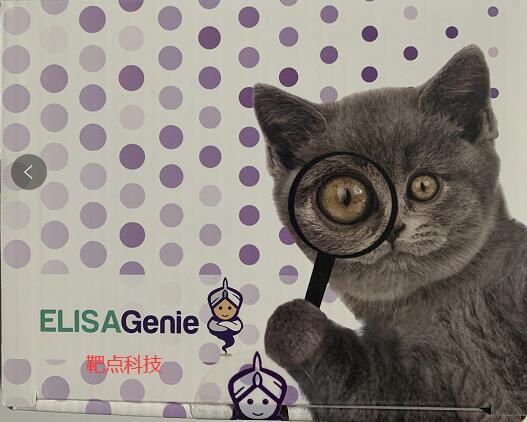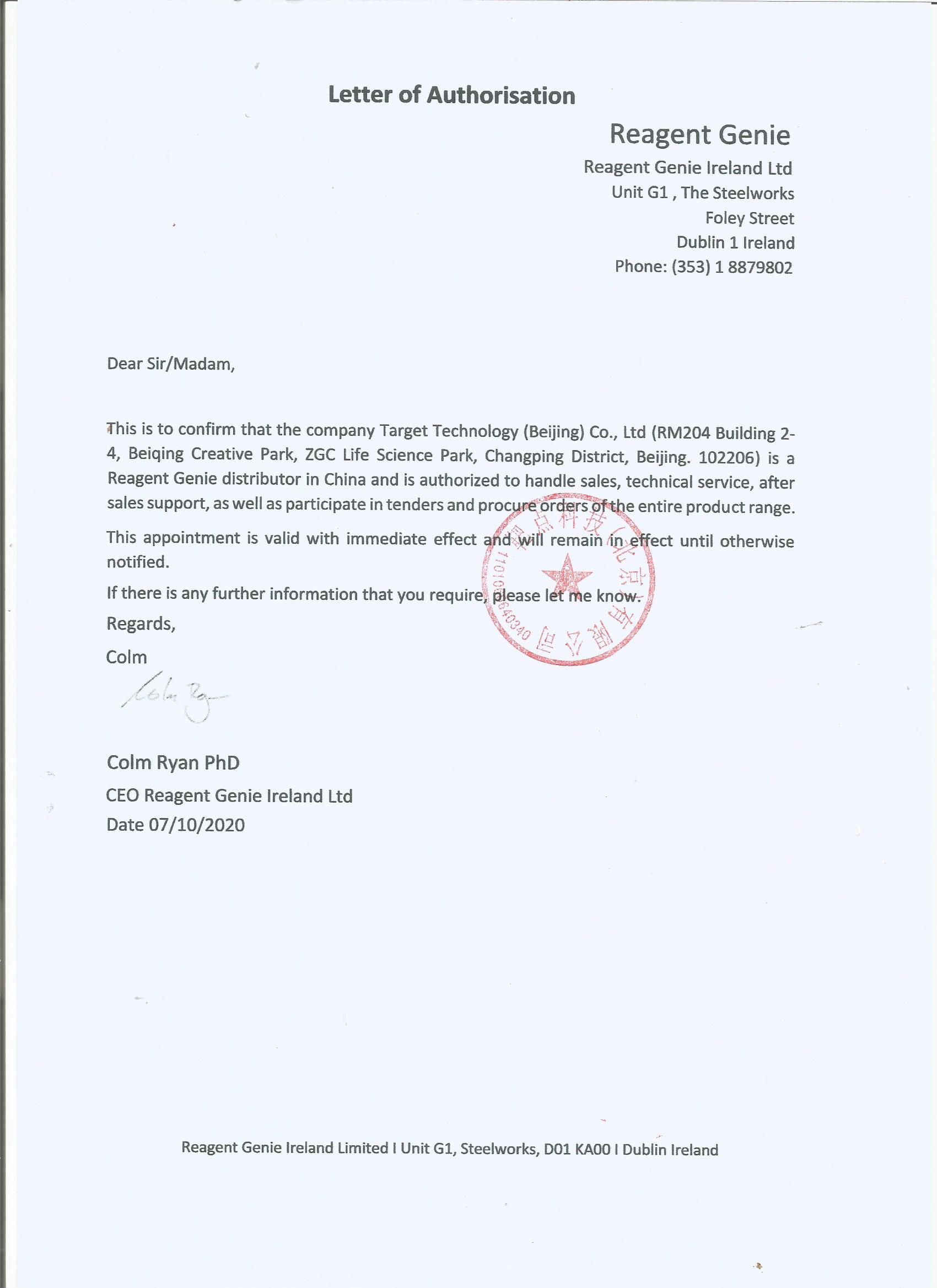ELISA Genie Rat Angiotensinogen (Agt) ELISA Kit
The ELISA Genie Rat Angiotensinogen (Agt) ELISA Kit can assay for Rat Angiotensinogen in the following samples: serum, blood, plasma, cell culture supernatant and other related supernatants and tissues.
How do our Rat Angiotensinogen (Agt) ELISA Kits work?
The ELISA Genie Rat Angiotensinogen (Agt) ELISA Kits are designed for the quantitative measurement of analytes in a wide variety of samples. As today's scientists demand high quality consistent data for high impact journals, ELISA Genie have developed a range of sensitive, fast and reliable ELISA kit assays to meet and exceed those demands. Our assay kits use a quantitative sandwich ELISA technique and each kit comes with highly specific antibodies pre-coated onto a 96-well microtiter plate.
At ELISA Genie we understand the need for speed! Therefore, we have developed an ultra-fast protocol meaning you achieve your results rapidly. So, once you have prepared and plated your samples, blanks and standards, you simply incubate with a highly specific biotin-conjugated primary antibody and Avidin conjugated to Horseradish Peroxidase (HRP) and incubate for the appropriate length of time. After washing the plate according to the protocol and addition of the TMB (3,3',5,5'-Tetramethylbenzidine) solution, the appearance of a blue colour should be detected due to an enzymatic reaction catalysed by HRP. Next step is the addition of the Stop Solution which terminates the HRP reaction and the blue colour turns yellow with the signal intensity measured on a plate reader at 450nm. The amount of bound Rat Angiotensinogen is proportional to the signal generated by the reaction meaning the Rat Angiotensinogen (Agt) ELISA Kit assay gives you a quantitative measurement of the analyte in your samples.
Gene nameAgt
Protein Names/SynonymAngiotensinogen, Serpin A8, Agt, Serpina8
Detection Range15.6-1000 pg/mL
Rat Angiotensinogen (Agt) Protocol
The below protocol is a sample protocol for Rat Angiotensinogen (Agt) using a biotinylated detection antibody and streptavidin-HRP. Sandwich ELISAs allow for the detection and quantification of an analyte in a sample by using known analyte concentrations as standards and plotting absorbance of known concentrations vs known standard concentrations. This allows the researcher to calculate the amount of Rat Angiotensinogen (Agt) present in their sample.
Allow all reagents to reach room temperature (Please do not dissolve the reagents at 37?Cdirectly). All the reagents should be mixed thoroughly by gently swirling beforepipetting. Avoid foaming. Keep appropriate numbers of strips for 1 experiment and removeextra strips from microtiter plate. Removed strips should be resealed and stored at -20?C untilthe kits expiry date. Prepare all reagents, working standards and samples as directed in theprevious sections. Please predict the concentration before assaying. If values for these arenot within the range of the standard curve, users must determine the optimal sample dilutionsfor their experiments. We recommend running all samples in duplicate.
Sandwich Protocol

 会员登录
会员登录.getTime()%>)
 购物车()
购物车()


 成功收藏产品
成功收藏产品


